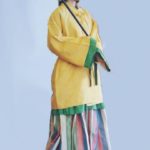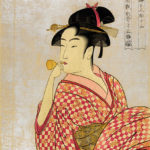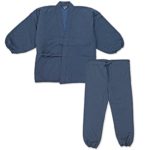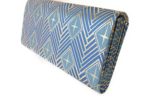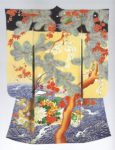Table of Contents
The description and facts of Japanese traditional clothing kimono
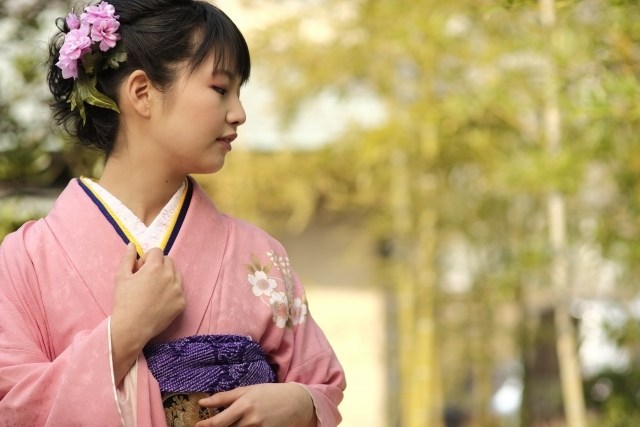
Kimono is a costume unique to Japan and is considered a national costume. In the kimono, the Japanese culture is condensed. Blessed with rich nature that changes its appearance every season, Japanese people cultivated their sense of beauty in a lifestyle that values nature. The sense of beauty is expressed everywhere in the design of the kimono.
The facts about kimono introduced below may be something that Japanese people probably do not know.
Related Posts
The features of kimono
The way of cloth cutting for kimono is really characteristic. A textile of kimono is long rectangular, and about 36 cm wide (ordinary width) and 12 m to 13 m length.
The parts of Kimono are composed of two pieces of bodies, sleeves and front collar, and pieces of the main collar and a protective collar. Unlike Western clothes, they use linearly cut fabrics, all of the same shape, and leaving the weave ends of the fabrics. So Kimono is hard to fray and there is a little distortion of the fabric.
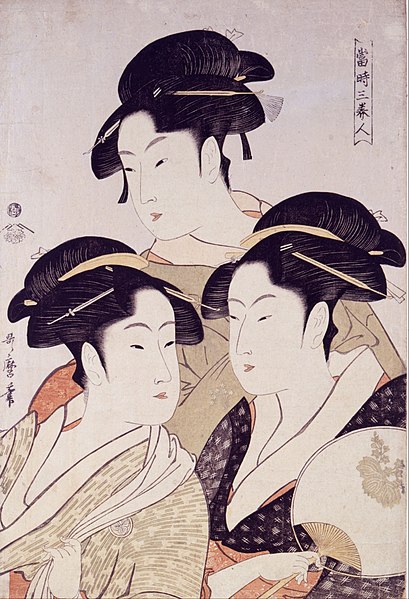
What Kimono is made of?
Fabrics of Kimono mainly include silk, cotton, hemp, cotton hemp, wool, and polyester.
Silk
Silk has a beautiful gloss and elegance. Furthermore, there is also a feature that it is easy to get familiar with the body and to move. However, it is weak to moisture and easily damaged.
Cotton
As a kimono for everyday wear, it is the most standard fabric. Cotton is durable and strong for washing. And the fabric is excellent in breathability and hygroscopicity. Cotton is easy to shrink and wrinkles. Care must be taken as it is prone to yellowing if exposed to sunlight.
Hemp
Hemp textile is very good in ventilation, but inferior in dyeability and easy to lose color. In addition, there is no elasticity, and it is easy to get wrinkled.
Cotton hemp
Cotton hemp is a cross weaved textile with cotton and hemp. By mixing cotton and hemp, it becomes hard to get wrinkled while holding the texture of hemp. And the textile is rich in hygroscopicity, feels good and is easy to wear.
Wool
Wool is covered with scales on the surface of the fiber. Therefore, you can wear warmer than other fabrics. Disadvantages are poor in durability and weak to insects.
Polyester
Polyester kimono is cheaper than other textile kimonos. In addition, maintenance for the kimono is also relatively easy, such as washing. On the contrary, the heat retention of polyester kimono is low, and the hygroscopicity is poor. And the pattern of the polyester kimono’s expressive power is low.
Care for kimono
How to store kimono?
The first thing to keep in mind when storing kimonos is to avoid moisture. After wearing the kimono, the fabric contains sweat, so dry in a well-ventilated shade for about an hour (If it is for a long time, the fabric will stretch) before putting it in the chest of drawers. Also, if you store the kimono in the closet, open the drawer regularly to improve ventilation and remove the moisture contained in the closet. You can prevent damage from moisture by putting paper or cloth between kimonos.
Put the insect repellent in a piece of paper away from the kimono. Insect repellents exert their effects by generating insect repellent gas. However, this gas also causes damage to your kimonos. Avoid putting two or more kinds of insect repellents together, as that may cause chemical changes.
How to remove dirt?
If it gets dirty, tap the surface with a dry cloth and wipe it off. Please note that rubbing strongly with benzine will spread the dirt.

